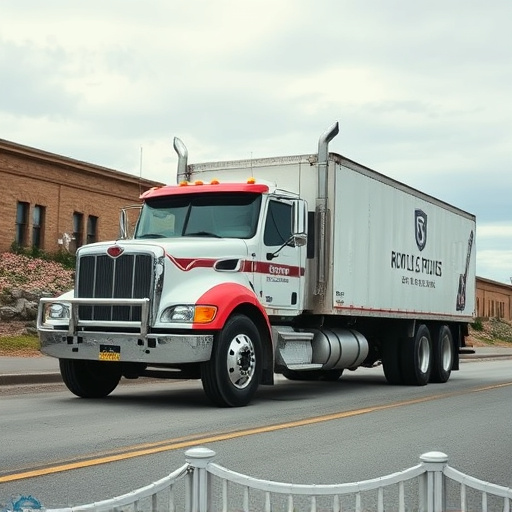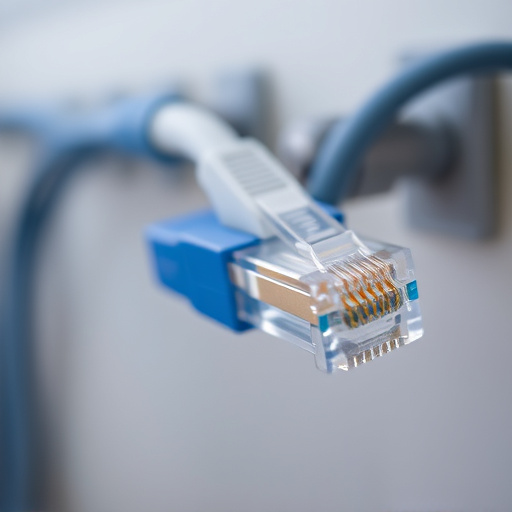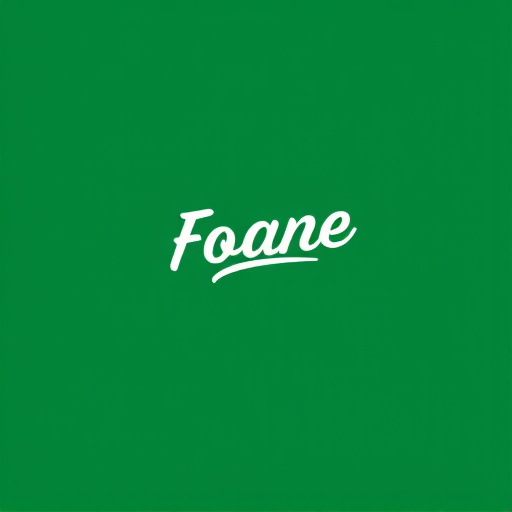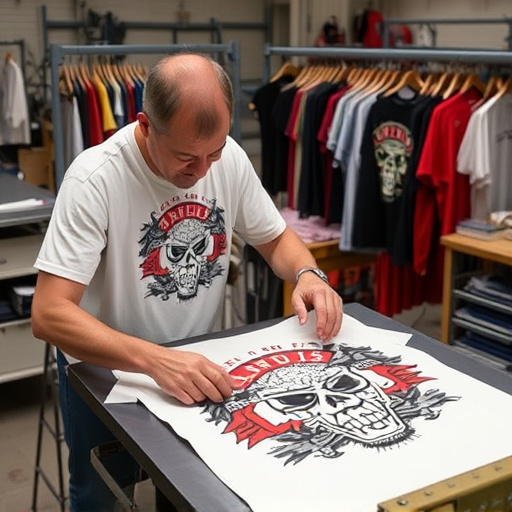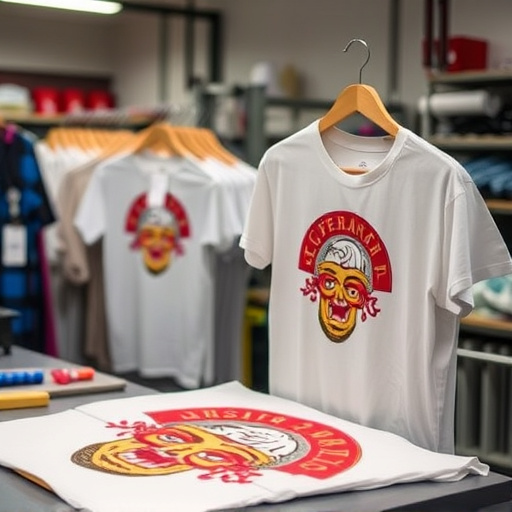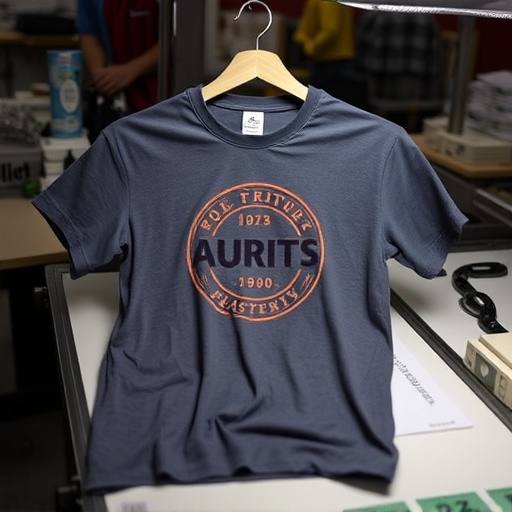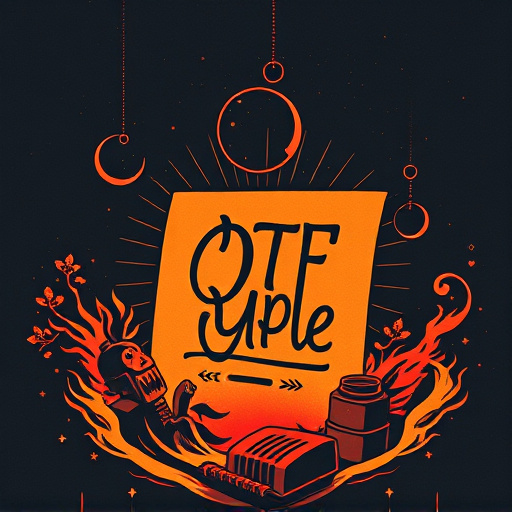The retail sector undergoes a significant transformation due to digital innovations and shifting consumer behavior, prompting brands to adopt new strategies for competitiveness. Demand-Driven Flexibility (DTF), particularly on-demand printing with DTF transfer, emerges as a powerful tool. This technology allows retailers to analyze real-time data and manage inventory agility, swiftly adapting to changing styles and trends. Advanced DTF printers are key to achieving efficiency, quality, and speed, ensuring retail stores meet dynamic customer demands in a rapidly evolving landscape. The future of retail lies in aligning production with market demands, as evidenced by the growing adoption of DTF heat transfer paper for diverse printing needs, revolutionizing print models and staying ahead in the competitive market.
The retail landscape is undergoing a rapid digital transformation, reshaping how businesses operate and interact with customers. Among these changes, Demand-Driven Flexibility (DTF) stands out as a pivotal strategy for retailers aiming to stay competitive in the future. This article explores how DTF future trends are influencing retail store print models, delving into the evolving digital-print integration, personalization through data analytics, and emerging sustainability practices like green printing. We’ll uncover strategies to adapt print models, ensuring maximum impact amidst these transformative shifts.
- The Evolving Retail Landscape: Digital Transformation and DTF (Demand-Driven Flexibility)
- – Exploring the rapid digital shift in retail and its impact on print models
- – Understanding demand-driven flexibility (DTF) and its role in future retail trends
The Evolving Retail Landscape: Digital Transformation and DTF (Demand-Driven Flexibility)
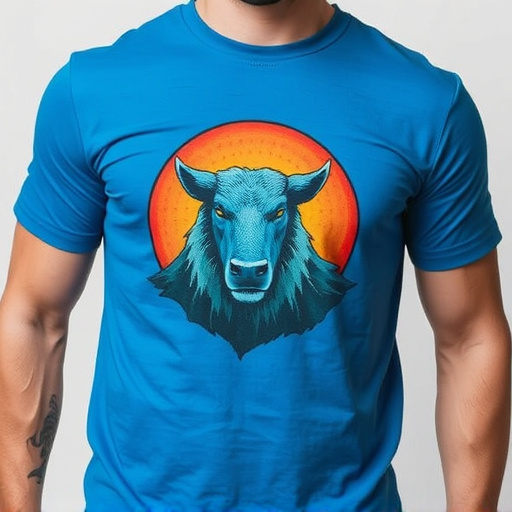
The retail landscape is undergoing a significant transformation driven by digital innovation and evolving consumer behaviors. In this new era, DTF (Demand-Driven Flexibility) stands out as a game-changer for retailers, enabling them to adapt swiftly to market demands and trends. Digital transformation has broken down traditional barriers, allowing for real-time data analysis and agile inventory management. Brands can now predict customer preferences with greater accuracy, leading to more personalized experiences and optimized product offerings.
For clothing brands looking to stay relevant in this dynamic environment, logos DFT offers a powerful solution. This approach allows businesses to quickly respond to changing styles and market trends by printing on-demand using techniques like DTF transfer. Access to the best DTF printers plays a crucial role in achieving efficiency, quality, and speed, ensuring that retail stores can keep up with the ever-shifting demands of their customers.
– Exploring the rapid digital shift in retail and its impact on print models
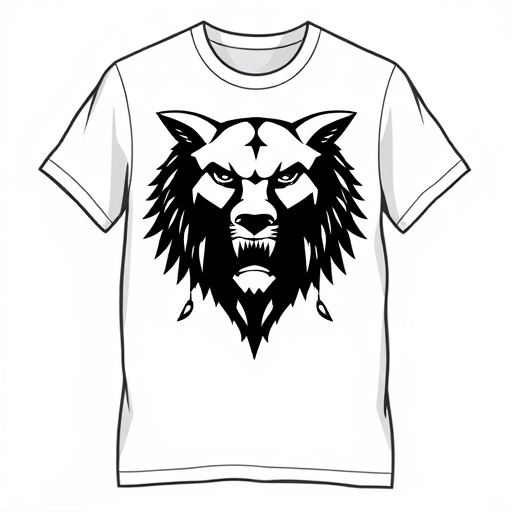
The retail landscape is undergoing a rapid digital transformation that is reshaping the way businesses operate and consumers shop. In response to evolving customer expectations, retailers are increasingly adopting innovative technologies and strategies to stay competitive in the market. One such significant trend is the integration of digital printing techniques, specifically Direct-To-Fabric (DTF) printing, which offers unprecedented customization and efficiency. As we explore the DTF future trends, it becomes evident that this technology is poised to revolutionize print models within the retail sector.
The shift towards digital solutions has been accelerated by the rise of e-commerce and the growing demand for personalized, on-demand products. DTF transfers, both cold peel and custom designs, are gaining popularity as they enable retailers to cater to diverse consumer preferences. Additionally, DTF printing’s versatility extends to light fabrics, opening up a world of possibilities for clothing brands and fashion retailers looking to create unique, limited-edition pieces that resonate with their target audience. This rapid digital shift is not just a passing trend but a fundamental change that will continue to influence retail store print models in the future.
– Understanding demand-driven flexibility (DTF) and its role in future retail trends
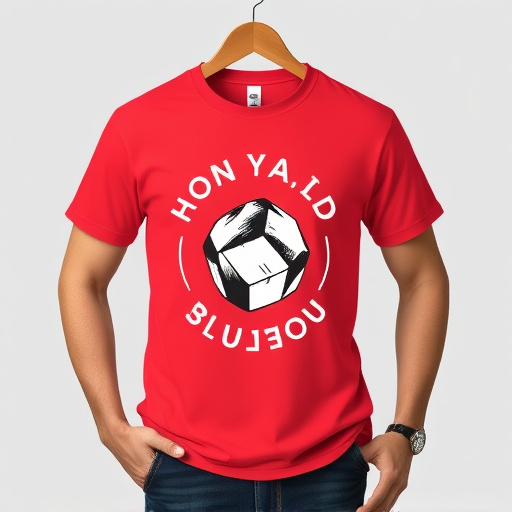
Demand-driven flexibility (DTF) is a game-changer in the retail industry, and its significance will only grow as we move forward. This concept revolves around the idea of adapting production and distribution to meet fluctuating market demands, ensuring that products reach consumers at the right time and in the right quantities. With DTF, retailers can swiftly respond to changing consumer preferences, emerging trends, and seasonal fluctuations, all while optimizing inventory levels and reducing waste.
The future of retail is closely tied to this demand-driven approach, as it enables businesses to stay agile and competitive. DTF heat transfer paper, for instance, offers a versatile solution for printing on various materials, including dark fabrics, using techniques like DTF transfer film. This technology allows retailers to create custom designs and products on demand, catering to the diverse tastes of modern consumers. As retail trends continue to evolve at a rapid pace, understanding and implementing DTF strategies will be crucial in staying ahead in the market.
As we navigate the dynamic DTF future trends, retail stores must adapt their print models to thrive in a digitally transformed landscape. By embracing demand-driven flexibility, retailers can optimize operations, enhance customer experiences, and stay competitive in an ever-evolving market. Understanding these trends is key to shaping the future of retail and ensuring print remains relevant and effective.





